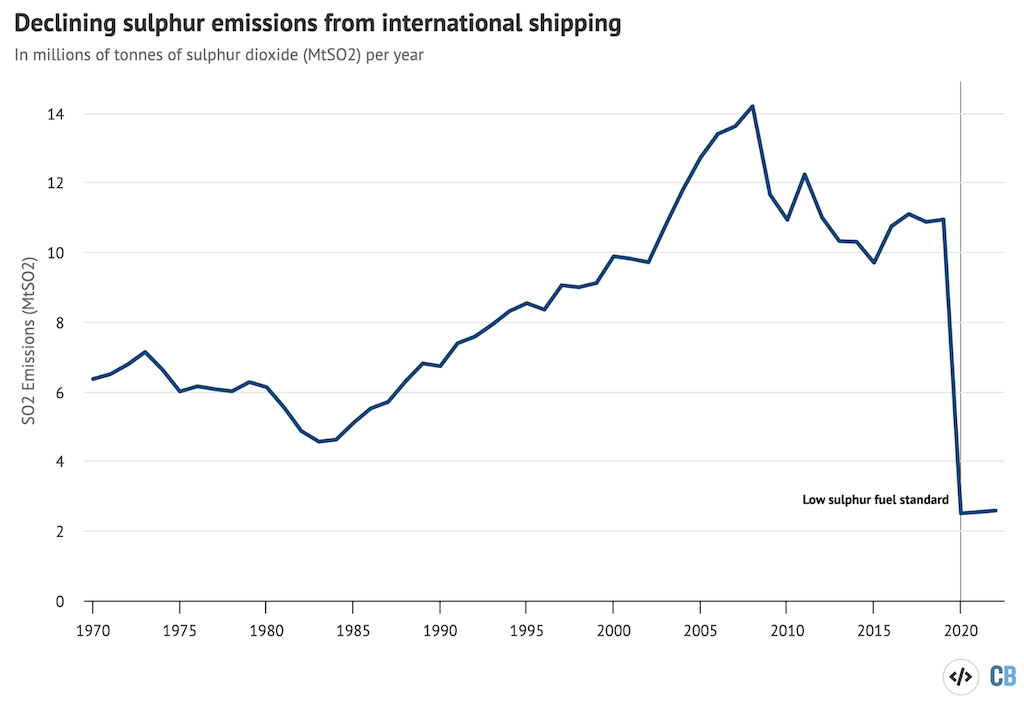
Research led by James Hansen, the former NASA scientist who first warned about the greenhouse effect in 1980s, suggests that global heating is happening at a faster pace than previously thought. This could lead to the crossing of a critical temperature threshold within the next ten years.
A new study suggests that the Earth’s climate is more responsive to human-induced changes than previously thought, leading to a significant increase in global temperatures. The paper predicts that by the 2020s, the world will be 1.5C hotter than pre-industrial times, and by 2050, it will be 2C hotter.

The rapid increase in global heating is causing the world to surpass the 1.5C threshold outlined in the Paris climate agreement much earlier than anticipated. This poses a significant risk to humanity, as it would result in more extreme climate conditions.
Hansen warns that there is a significant increase in the energy absorbed from the sun compared to the energy emitted by the Earth, which has nearly doubled in the past ten years. This could potentially lead to devastating sea level rise in coastal cities worldwide.

According to new research by Hansen and other scientists, the Earth’s climate sensitivity and a decrease in pollution from shipping, specifically a decrease in airborne sulphur particles that reflect sunlight, are causing an increase in global heating.
To address the crisis, Hansen and his colleagues propose implementing a worldwide carbon tax and also suggest an unconventional approach called “solar geoengineering,” which involves intentionally releasing sulphur into the atmosphere to deflect heat and reduce global temperatures.

Scientists have been debating whether the rate of global heating is getting faster, despite the recent record-breaking temperatures. Although they agree that global heating is increasing, there is currently no consensus on whether this increase is speeding up.
Reference- The Guardian, IPCC Report, National Geographic, Journal OXFORD Academic, Carbon Brief






